
Best Times to Visit Japan for Festivals and Events
Japan is a country that celebrates its rich culture and changing seasons with vibrant festivals and events throughout the year. From centuries-old traditions to modern gatherings, these festivals offer an immersive experience for visitors looking to connect with Japan’s heritage, nature, and community spirit. Choosing the best time to visit Japan often depends on which festivals and events you’d like to experience.
This guide explores the best times to visit Japan for festivals and events, highlighting key celebrations in each season and tips to make the most of your trip.
Contents
1. Spring Festivals (March to May)
2. Summer Festivals (June to August)
3. Autumn Festivals (September to November)
4. Winter Festivals (December to February)
1. Spring Festivals (March to May)
Spring in Japan is synonymous with cherry blossoms and renewal. This season is filled with colorful festivals that celebrate nature and community.
Hanami (Cherry Blossom Viewing) - Nationwide
Cherry blossom season is a highlight of spring in Japan, with parks and gardens hosting *hanami* parties under blooming sakura trees. Cities like Tokyo, Kyoto, and Osaka are popular for their stunning cherry blossom spots.
**Best Time:** Late March to early April.
**Tips:** Check bloom forecasts to plan your visit and arrive early to secure a good picnic spot.
Takayama Spring Festival - Takayama
This festival in Gifu Prefecture features elaborate floats called *yatai*, which are paraded through the streets. The event also includes traditional performances and a nighttime procession with lantern-lit floats.
**Best Time:** April 14–15.
**Tips:** Book accommodations early, as the town gets busy during the festival.
Aoi Matsuri - Kyoto
One of Kyoto’s oldest festivals, Aoi Matsuri features a grand procession of participants in Heian-era costumes traveling from the Imperial Palace to the Shimogamo and Kamigamo Shrines.
**Best Time:** May 15.
**Tips:** Find a spot along the route to enjoy the parade and take photos of the intricate costumes.
2. Summer Festivals (June to August)
Summer in Japan brings lively festivals with vibrant parades, fireworks, and traditional dance performances. The season is perfect for those seeking energetic celebrations.
Gion Matsuri - Kyoto
Gion Matsuri is one of Japan’s most famous festivals, celebrated throughout July. The highlight is the grand procession of *yamaboko* floats through Kyoto’s streets.
**Best Time:** July 17 and July 24 for the main parades.
**Tips:** Explore the pre-parade street parties (*yoiyama*) for food stalls and illuminated floats.
Awa Odori - Tokushima
This traditional dance festival transforms the streets of Tokushima into a lively stage. Groups of dancers perform the unique Awa Odori style while accompanied by shamisen, taiko drums, and flutes.
**Best Time:** August 12–15.
**Tips:** Purchase tickets for reserved seating or arrive early to secure a good viewing spot.
Sumida River Fireworks Festival - Tokyo
This dazzling fireworks display over the Sumida River attracts millions of spectators. It’s one of Tokyo’s largest fireworks festivals and a must-see summer event.
**Best Time:** Last Saturday in July.
**Tips:** Arrive early to claim a spot by the river or consider booking a river cruise for premium views.
3. Autumn Festivals (September to November)
Autumn in Japan is a time of harvest and gratitude. Festivals during this season often feature beautiful autumn foliage as a backdrop.
Takayama Autumn Festival - Takayama
Similar to its spring counterpart, the Takayama Autumn Festival showcases ornate *yatai* floats and a lantern-lit procession, creating a magical atmosphere in the old town.
**Best Time:** October 9–10.
**Tips:** Combine your visit with a stay at a traditional ryokan to fully enjoy Takayama’s charm.
Kurama Fire Festival - Kyoto
Held in the village of Kurama, this fiery event features participants carrying large torches through the streets, culminating in a bonfire near the Kurama Shrine.
**Best Time:** October 22.
**Tips:** Arrive early to secure a spot along the narrow streets and dress warmly for the mountain air.
Nagasaki Kunchi - Nagasaki
This unique festival blends Japanese and European influences, showcasing colorful floats, dragon dances, and performances dedicated to Suwa Shrine.
**Best Time:** October 7–9.
**Tips:** Reserve tickets for the shrine performances to enjoy the best view of the festivities.
4. Winter Festivals (December to February)
Winter in Japan is a magical season with snow-covered landscapes and sparkling illuminations. Winter festivals combine traditional charm with seasonal beauty.
Sapporo Snow Festival - Sapporo
This iconic winter event features massive snow and ice sculptures displayed across multiple sites in Sapporo. The festival also includes nighttime illuminations and ice slides.
**Best Time:** Early February.
**Tips:** Dress warmly and visit Odori Park for the largest display of sculptures.
Otaru Snow Light Path Festival - Otaru
Held in the picturesque town of Otaru, this festival features lantern-lit snow paths and candle displays along the canal, creating a romantic winter wonderland.
**Best Time:** Early to mid-February.
**Tips:** Visit after sunset to fully appreciate the illuminated paths and cozy atmosphere.
Chichibu Night Festival - Saitama
This grand winter festival features lavishly decorated floats and a stunning fireworks display, one of the few held in winter. The festival is dedicated to Chichibu Shrine.
**Best Time:** December 2–3.
**Tips:** Dress in layers and arrive early to explore the food stalls and festival atmosphere before the evening parade.
5. Tips for Enjoying Japanese Festivals
To make the most of your festival experience in Japan, keep these tips in mind:
- Plan Ahead: Research festival dates and locations, as they may vary slightly each year.
- Arrive Early: Popular festivals attract large crowds, so arrive early to secure a good spot for viewing.
- Respect Local Customs: Follow the festival etiquette, such as being quiet during solemn processions or refraining from littering.
- Try Local Foods: Festival stalls often offer regional specialties, making it a great opportunity to sample authentic Japanese cuisine.
- Dress Comfortably: Wear weather-appropriate clothing and comfortable shoes, as festivals often involve walking or standing for long periods.
6. Conclusion: Plan Your Festival Adventure
Japan’s festivals and events are a vibrant celebration of the country’s culture, seasons, and community spirit. Whether you’re drawn to the colorful parades of summer, the serene beauty of spring, or the magical illuminations of winter, there’s a festival for every season. By planning your visit around these events, you can experience the essence of Japan and create unforgettable memories.
Share
You may also like
-

Visiting Japan’s Love Hotel Districts: What to Expect
Japan’s love hotel districts are famous for their unique and fascinating blend of privacy, creativity, and a touch of...
-

Top 10 Late-Night Dining Spots in Tokyo’s 24-Hour Cafes
Tokyo’s vibrant nightlife extends well beyond bars and nightclubs, with a thriving late-night dining culture tha...
-
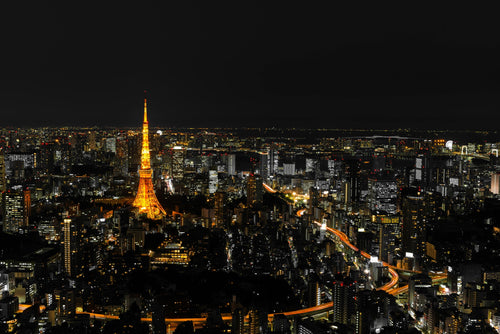
Best Night Tours in Tokyo for After-Dark Adventures
Tokyo’s nightlife is renowned for its energy, vibrancy, and unique blend of traditional and modern experiences. From ...
-
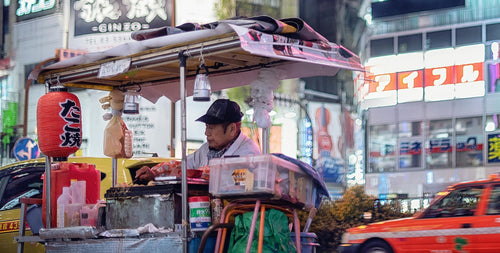
Japan’s Late-Night Food Culture: 8 Best Street Eats
Japan’s late-night food culture is a vibrant experience, especially in bustling cities like Tokyo and Osaka, where de...
-
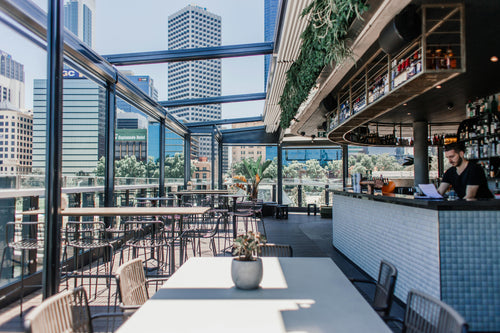
7 Rooftop Bars in Tokyo for Stunning Views
Tokyo’s rooftop bars offer some of the best ways to soak in the city’s skyline while enjoying drinks, atmosphere, and...
-
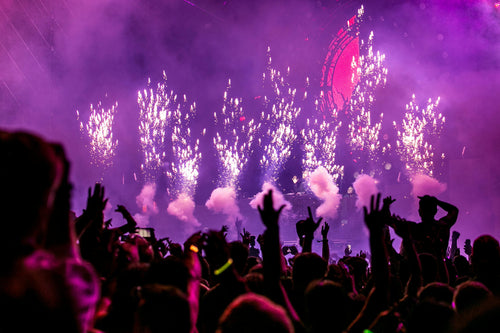
10 Best Nightclubs in Tokyo for Dancing and Music Lovers
Tokyo's nightlife is renowned for its variety and energy, with nightclubs that range from high-energy dance floors to...
-
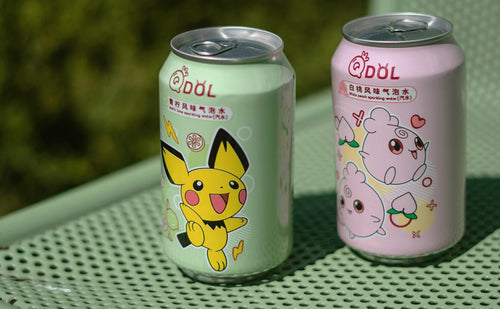
8 Themed Bars and Cafes You Need to Visit in Tokyo
Tokyo is famous for its creative and quirky themed bars and cafes, offering immersive experiences for locals and...
-

Tokyo Nightlife Guide: Shinjuku, Shibuya, and Roppongi Highlights
Tokyo’s nightlife is legendary, offering a mix of vibrant energy, entertainment, and unique experiences in some of it...
-
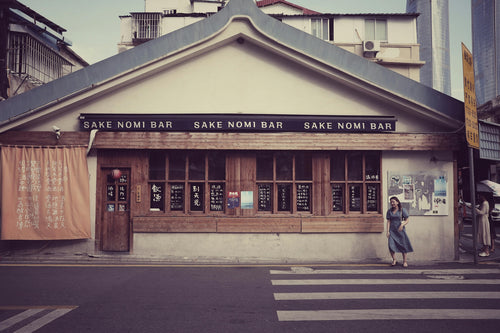
7 Best Japanese Sake Bars in Tokyo
Tokyo is home to some of Japan’s best sake bars, offering both locals and visitors an opportunity to explore the...
-
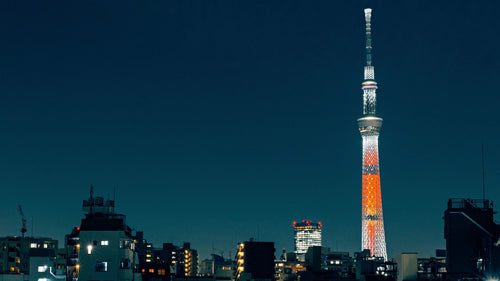
Top 6 Observation Decks in Tokyo for Scenic Views
Tokyo’s observation decks offer some of the best panoramic views of the city, giving visitors a chance to see th...
-
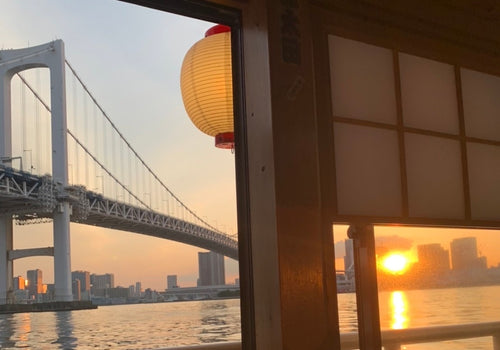
Night Cruises in Tokyo: Enjoy the City Views
Tokyo’s skyline is mesmerizing at any time, but experiencing it from the water on a night cruise adds a magical ...
-
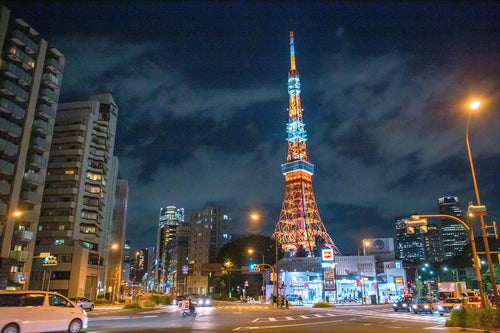
Roppongi Art and Nightlife Guide
Roppongi is one of Tokyo’s most vibrant districts, known for its lively nightlife, sophisticated art scene, and ...
-
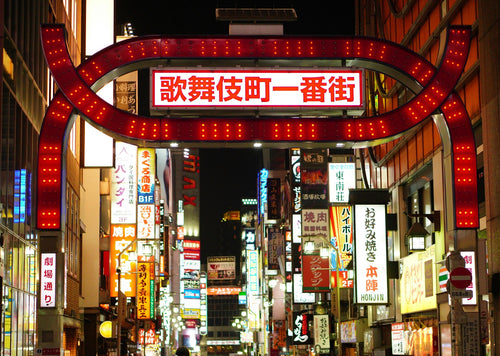
Nightlife Guide to Shinjuku Kabukicho
Shinjuku’s Kabukicho district, known as Tokyo’s “Sleepless Town,” is the center of nightlife in Tokyo. Renowned ...
-
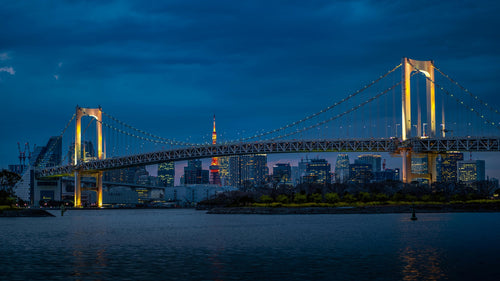
6 Best Night View Spots in Tokyo
Tokyo at night is a breathtaking spectacle, with illuminated skyscrapers, iconic landmarks, and bustling streets that...
-
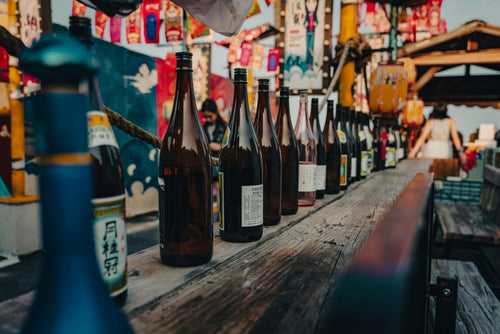
Top 12 Sake Breweries in Japan for Tasting and Tours
Japan’s sake culture is celebrated around the world for its depth, complexity, and rich history. Sake, or nihons...
-
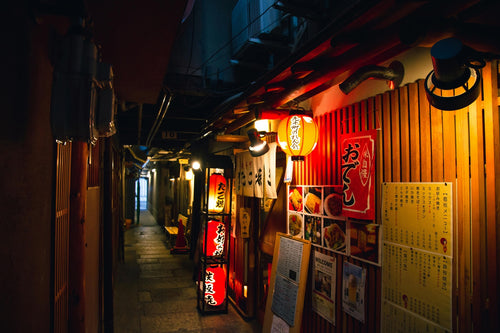
How to Enjoy a Night at a Japanese Izakaya
Japanese izakayas are casual, lively spots where locals gather after work to enjoy drinks, share small plates, a...
-

Exploring Karaoke Culture in Japan: 8 Best Places to Sing
Karaoke is an integral part of Japanese culture, offering a fun and entertaining way for friends, family, and even co...
-
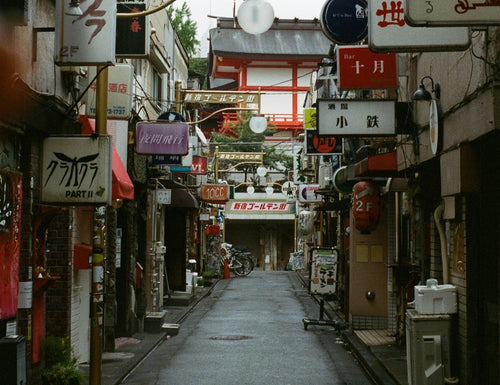
5 recommended bars in Golden Gai
Golden Gai, nestled in the heart of Tokyo’s Shinjuku district, is one of the city’s most iconic bar districts. Known ...
-
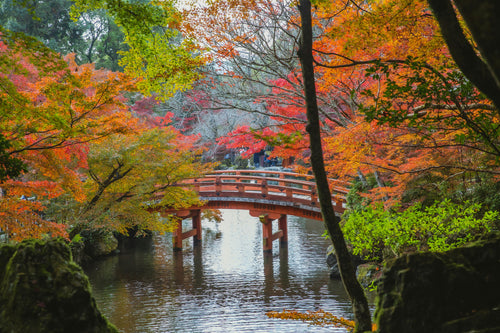
10 Japanese Gardens You Should Visit for Tranquility
Japanese gardens are renowned for their beauty, tranquility, and intricate designs that reflect harmony with nature. ...
-
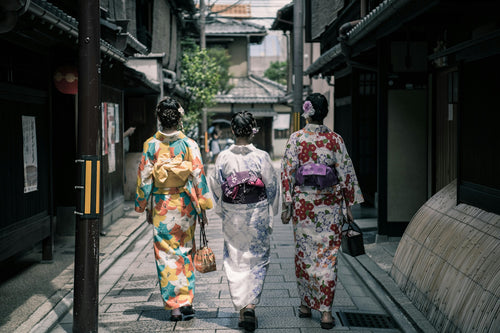
Japan’s Kimono Heritage: Symbolism, Style, and Where to See
The kimono, Japan’s traditional garment, is a beautiful and symbolic representation of Japanese culture. From its int...
-
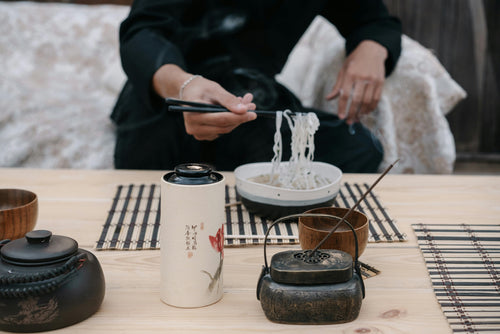
Etiquette Essentials for Visitors to Japan
Japan’s culture is rich in respect, politeness, and consideration, making etiquette an essential part of daily l...
-
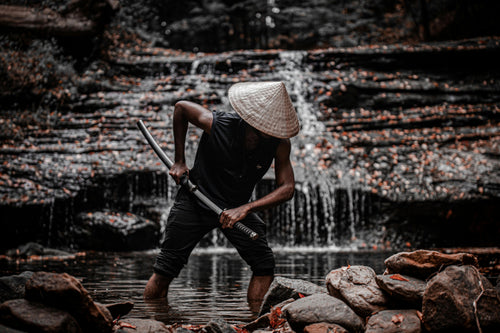
7 Best Places to Discover Japan’s Samurai History
Japan’s samurai history is one of honor, skill, and deep cultural influence, stretching back centuries and leaving an...
-
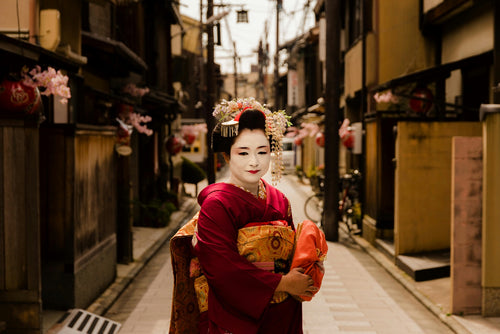
Geisha Culture in Japan: Myths and Realities
The world of geisha, Japan’s skilled performers and keepers of traditional arts, has long intrigued people around th...
-
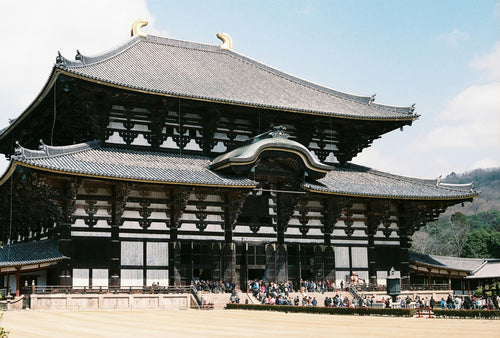
Japan’s Unique Architecture: Top 8 Traditional and Modern Landmarks
Japan is renowned for its unique blend of ancient architectural heritage and cutting-edge modern designs. From c...
-
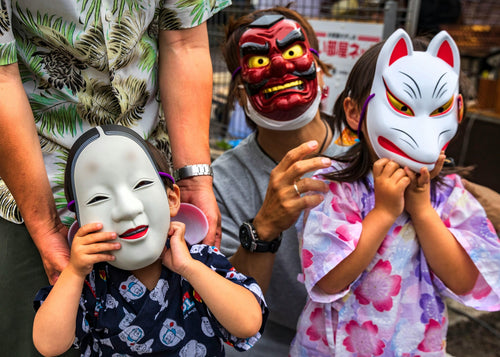
10 Traditional Japanese Festivals (Matsuri) You Can’t Miss
Japanese festivals, or *matsuri*, are vibrant celebrations of cultural heritage, featuring elaborate costumes, l...
-
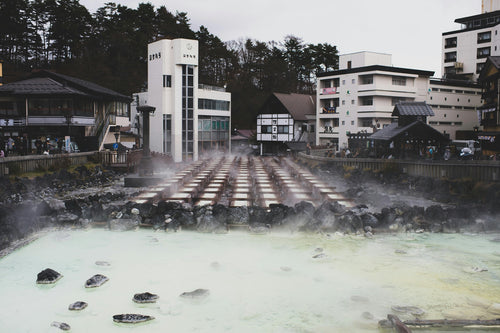
Japan’s Three Great Onsen: A Guide to Famous Hot Springs
Japan is famous for its natural hot springs, or *onsen* (温泉), offering visitors a unique opportunity to relax and rej...
-
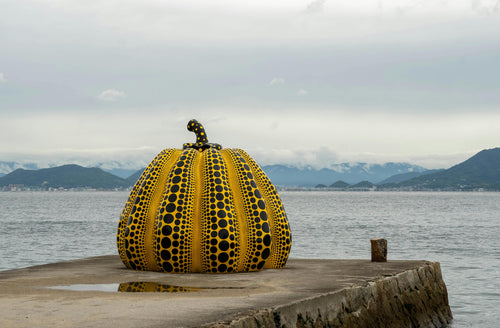
Japanese Art Exploration: Best Spots to Enjoy Art in Japan
Japan is a country rich in artistic heritage, from centuries-old traditional crafts to modern, innovative instal...
-

Guide to Japan’s Fireworks Festivals: When and Where to Go
Japan’s summer fireworks festivals, known as "hanabi taikai" (花火大会), are among the most anticipated events in th...
-
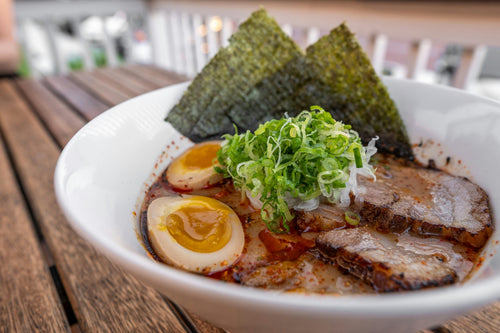
Where to Experience Ramen-Making Classes in Japan
Ramen is one of Japan’s most beloved dishes, with countless regional styles and flavors that attract food lovers from...
-
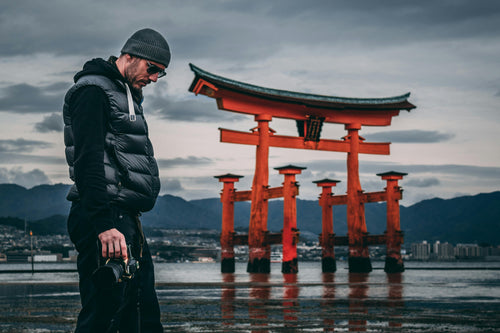
Power Spot Tours: Japan’s Famous Temples and Shrines
Japan is a land steeped in spiritual history, and visiting its temples and shrines provides not only a glimpse i...
-
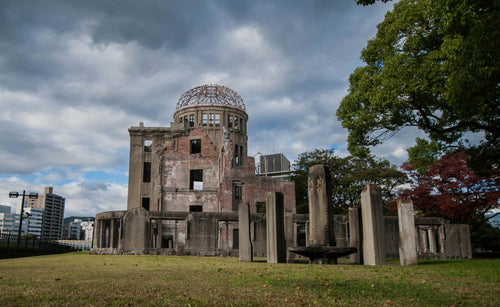
UNESCO World Heritage Site Tour Guide in Japan
Japan is home to numerous UNESCO World Heritage Sites, each offering a glimpse into the country’s rich cultural herit...
-
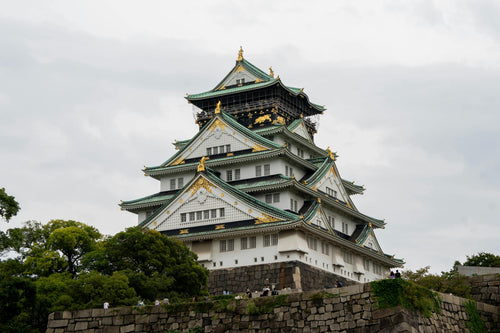
5 Famous Japanese Castles: History and Highlights
Japan is home to some of the most beautiful and historically significant castles in the world. Built during the feuda...
-
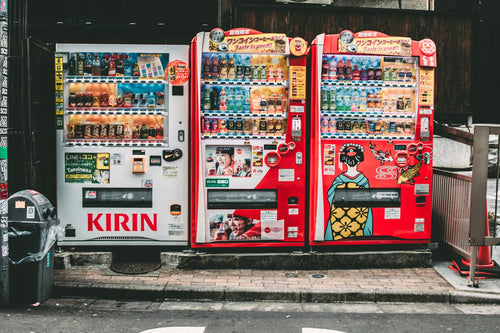
10 Unique Drinks to Try from Japanese Vending Machines
Japan is famous for its vending machines, offering an incredible variety of drinks that go beyond just soft drinks an...
-
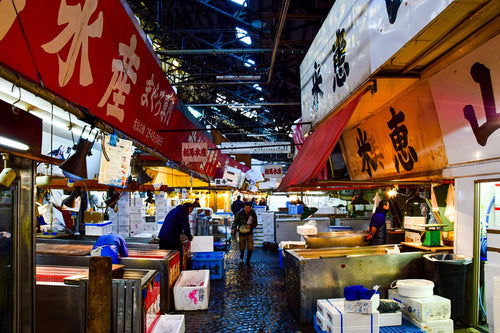
Tokyo Market Guide: Exploring Tsukiji and Toyosu Markets
Tokyo's Tsukiji and Toyosu Markets are must-visit spots for food lovers and anyone interested in Japan’s rich culinar...
-
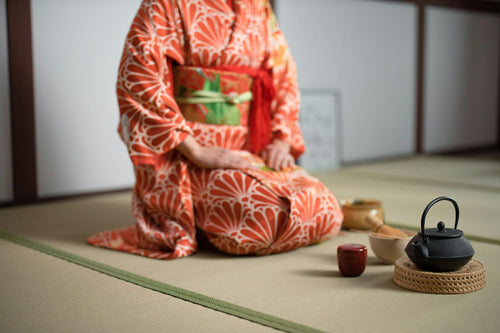
Experiencing Traditional Tea Ceremony in Tokyo
The Japanese tea ceremony, or "chanoyu," is a cultural experience steeped in tradition, aesthetics, and mindfulness....
-
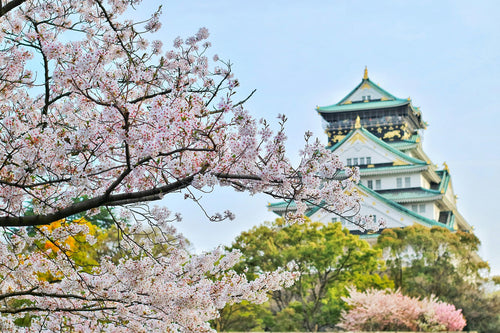
Top 7 Cherry Blossom Viewing Locations in Tokyo
Springtime in Tokyo is synonymous with the cherry blossom season, a breathtaking period when the city’s parks, rivers...
-
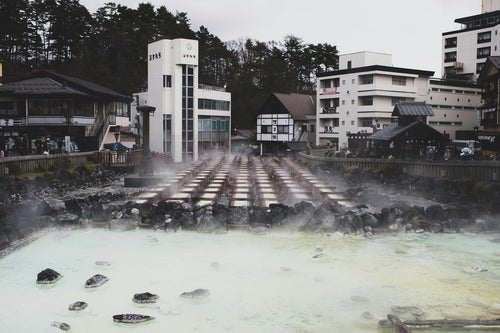
What is Onsen? A Guide to History, Benefits, and Etiquette
Onsen, Japan’s cherished hot spring culture, offers a unique blend of relaxation, scenic beauty, and deep-rooted trad...
-
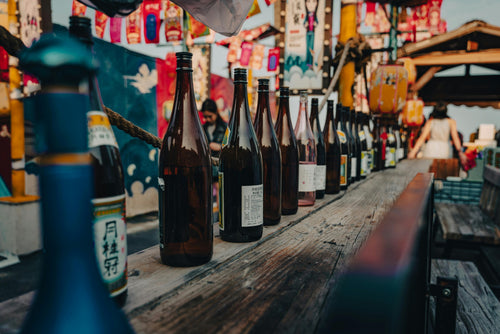
What is Sake? Its Production Method and History
Sake is a traditional Japanese alcoholic beverage made from fermented rice. It has been enjoyed in Japan for over a t...
-
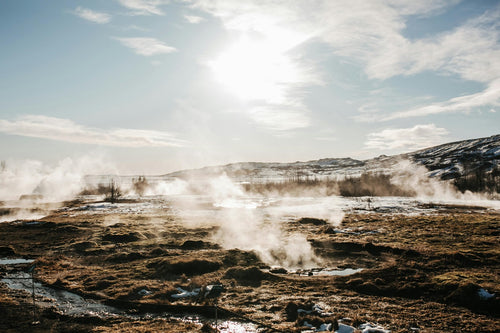
8 hot springs with beautiful scenery near Tokyo
Tokyo is a bustling metropolis, but just outside the city are some of Japan's most serene hot springs, or onsens, off...
-

Top 10 museum to visit in Tokyo
Tokyo is home to a diverse range of museums that cater to all interests, from art and history to technology and pop c...
-
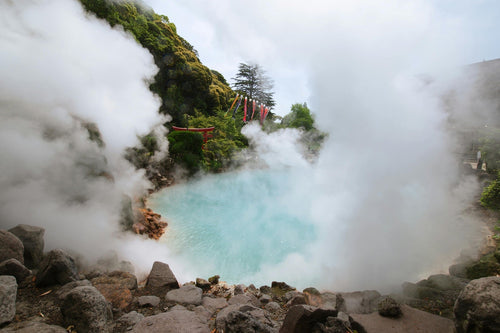
9 Best Hot Spring and Bathhouse in Tokyo
Tokyo is known for its vibrant urban energy, but it's also a fantastic place to relax and rejuvenate in hot springs (...
-
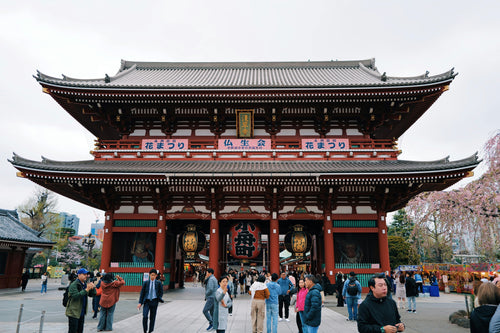
15 Famous Temples and Shrines to Visit near Tokyo
Tokyo and its surrounding areas are home to many famous temples and shrines that showcase Japan's rich spiritual and ...










































